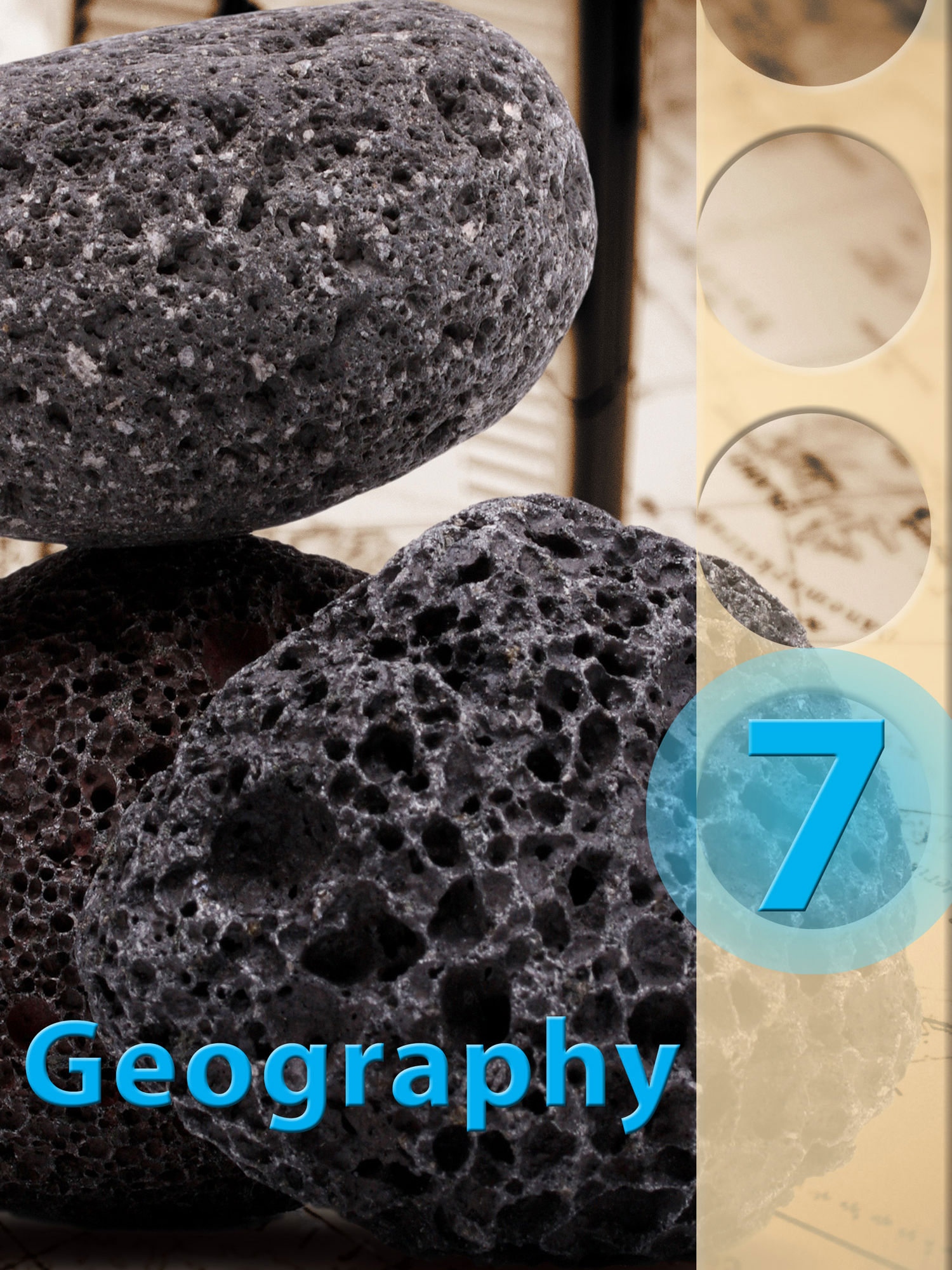
Autorid
Raivo Aunap, Are Kont, Jussi JauhiainenÜlesandekogu autorid
Helle Kont, Kersti Jankovski, Birgit VahingVäljaandja
Kuulub paketti

-
Õppekomplektis on 39 peatükki ning 489 ülesannet, millest 285 on õpikus ja 204 ülesandekogus.
-
Autorid
Raivo Aunap, Are Kont, Jussi Jauhiainen -
Ülesandekogu autorid
Helle Kont, Kersti Jankovski, Birgit Vahing -
Aine
Geograafia -
Klass
7. klass -
Teose keel
Inglise keel -
Väljaandja
Avita -
Õppekava
Riiklik õppekava 2011 -
Kuulub paketti
Erakasutaja 2024/25, Erakasutaja 2025/26, Õpilane 2024/25, Õpilane 2024/25 - SOODUSHIND!, Õpilane 2024/25 – isiklik, Õpilane 2024/25 isiklik: eesti ja venekeelne, Õpilane 2024/25: eesti ja venekeelne, Õpilane 2025/26, Õpilane 2025/26 – isiklik, Õpilane 2025/26 SOODUSHIND, Õpilane 2025/26: eesti ja venekeelne, Õpilane 2025/26: eesti- ja venekeelne - isiklik, Õpilane 2025/26: eesti- ja venekeelne - SOODUSHIND!
In the English-language study set, the topics of physical and human geography are related: the study of maps, geology, terrain and population. Critical natural phenomena and processes are learned with the help of drawings, pictures and maps. When describing natural processes, their connections with human activities are pointed out.
The study of map section explains how the perception of the Earth has changed over time. It looks at what maps are there and how they are classified. Digital maps and the environments for their use are also a new topic, which can no longer be done without in today's cartography. An overview of maps and a compass in nature is also given, teaching how to determine one's position using coordinates. The study of maps ends with a chapter on time zones.
As for geology, the focus is on the internal structure of the Earth, the processes taking place there, and changes on the Earth's surface. The causes of earthquakes and volcanic eruptions and their impact on people's lives are explained. It describes how rocks are formed and how they are determined based on their formation.
The section on terrain is taught what terrain is, what landforms exist in nature, how they are formed, and how landforms can be represented on a map. Mountains, plains, and the world's seas are described, and reasons are given for the Earth's surface constantly changing.
In the section on population, it is explained what a state is and based on which countries can be compared. Then the focus is on the global population distribution and the reasons why the population changes. Attention is also paid to the emergence of cities, urbanization and related problems.
At the end of each main section is a revision lesson, which includes questions and tasks to prepare for the test.
The e-textbook is illustrated with plenty of pictures, videos, maps and diagrams. Each chapter has exercises that help the student determine the topic and check reading comprehension. The tasks are automatically checked and provide immediate feedback to the student.
For each chapter, there is a collection of tasks open to the teacher, the tasks contained in which the teacher can assign the students to solve either as classwork or homework. There are tasks to test knowledge and develop creativity, critical thinking and independent work skills. The teacher can quickly evaluate the works submitted by the students and communicate the results to the students. The collection of tasks includes many that can be checked automatically, in which the teacher does not have to intervene.
1. Introduction
Järg |
Peatükk |
|---|---|
| 1.1. |
Nature and human activity
Tasuta tutvumiseks! |
2. Study of maps
Järg |
Peatükk |
|---|---|
| 2.1. | Planet Earth |
| 2.2. | Diversity of maps |
| 2.3. | Digital mapping |
| 2.4. | Map scale. Measuring distances on a map |
| 2.5. | Direction in nature and on maps |
| 2.6. | Identifying locations with geographic coordinates |
| 2.7. | Time zones |
| 2.8. | Revision. Study of maps |
3. Geology
Järg |
Peatükk |
|---|---|
| 3.1. | The structure of Earth |
| 3.2. | Plate tectonics |
| 3.3. | Earthquakes |
| 3.4. | Volcanoes |
| 3.5. | Human life and economic activity in seismic and volcanic areas |
| 3.6. | Rocks |
| 3.7. | Revision. Geology |
4. Terrain
Järg |
Peatükk |
|---|---|
| 4.1. | Landforms and terrain |
| 4.2. | Terrain features on a map |
| 4.3. | Mountain ranges and highlands |
| 4.4. | Plains |
| 4.5. | Seabed topography |
| 4.6. | Earth's relief is constantly changing (1) |
| 4.7. | Earth's relief is constantly changing (2) |
| 4.8. | Revision. Terrain |
5. Population
Järg |
Peatükk |
|---|---|
| 5.1. | Countries on a world map |
| 5.2. | World population |
| 5.3. | Population distribution (1) |
| 5.4. | Population distribution (2) |
| 5.5. | Population change (1) |
| 5.6. | Population change (2) |
| 5.7. | Urbanisation |
| 5.8. | Revision. Population |
6. Extra
Järg |
Peatükk |
|---|---|
| 6.1. | Physical map of Estonia |
| 6.2. | Physical map of the world |
| 6.3. | Political map of the world |
| 6.4. | Creating a chart |
| 6.5. | Terms |
| 6.6. | Estonian Basic Map symbols |
| 6.7. | Impressum |
